Sūduva is still full of Sūdovians & Yotvingians !!!
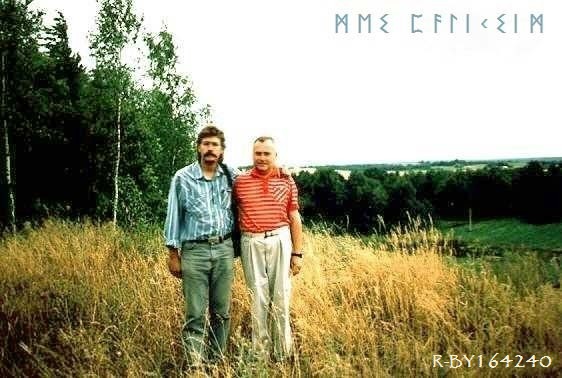
ᚹᛖᛁᛊ ᛋᛁᛃᚢᛗ ᚦᚨᛁ ᚷᚢᛏᚨᚾᛊ
The Sūdovians never really "vanished".
Ė G L U P I A I
Sūduva
is still full of Sūdovians
& Yotvingians
!!!

ᚹᛖᛁᛊ ᛋᛁᛃᚢᛗ ᚦᚨᛁ ᚷᚢᛏᚨᚾᛊ
The
Sūdovians
never really "vanished".
DNA doesn't Lie. People
Lie.
( 230573 / APKEC = R1a1a > Z284 > L448 > CTS4179 > YP704 >
BY164240 )
* FTDNA
Big-700 results
ᛎ
ᛗᛖᛊ ᛈᚨᛚᛁᚲᛊᛁᛗ
Ėglupiai, Sūduva
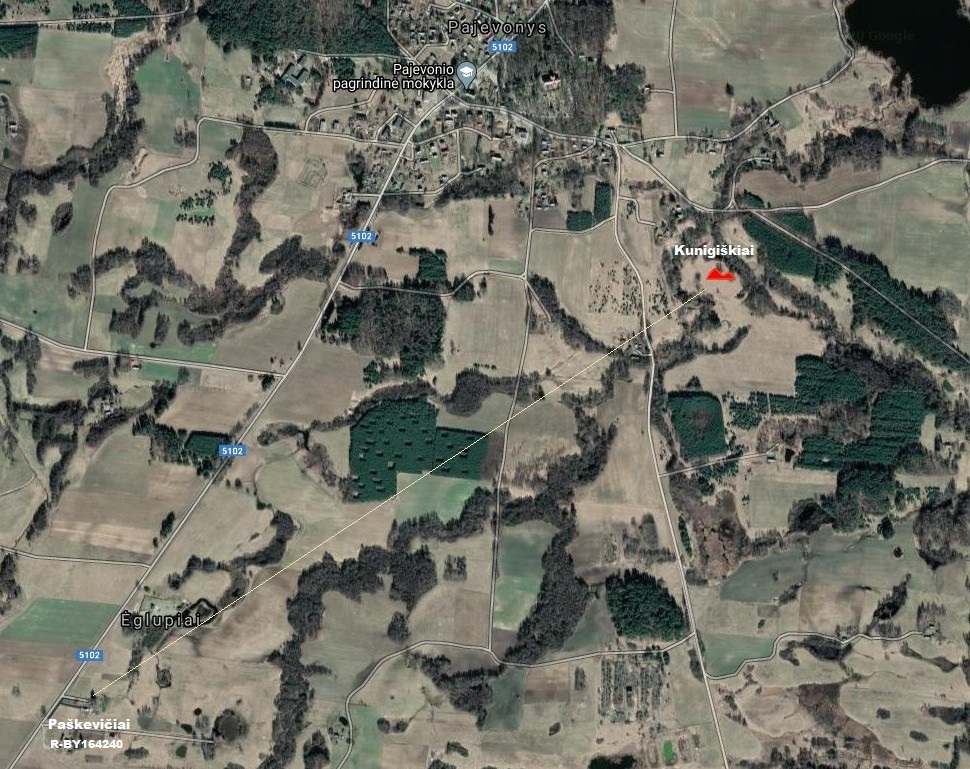
Paškevičynė
< Kunigiškiai
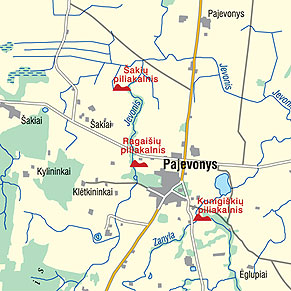
Pajevonys was historically a major
Sūdovian / Yotvingian
Cultural Seat & Spiritual Center.
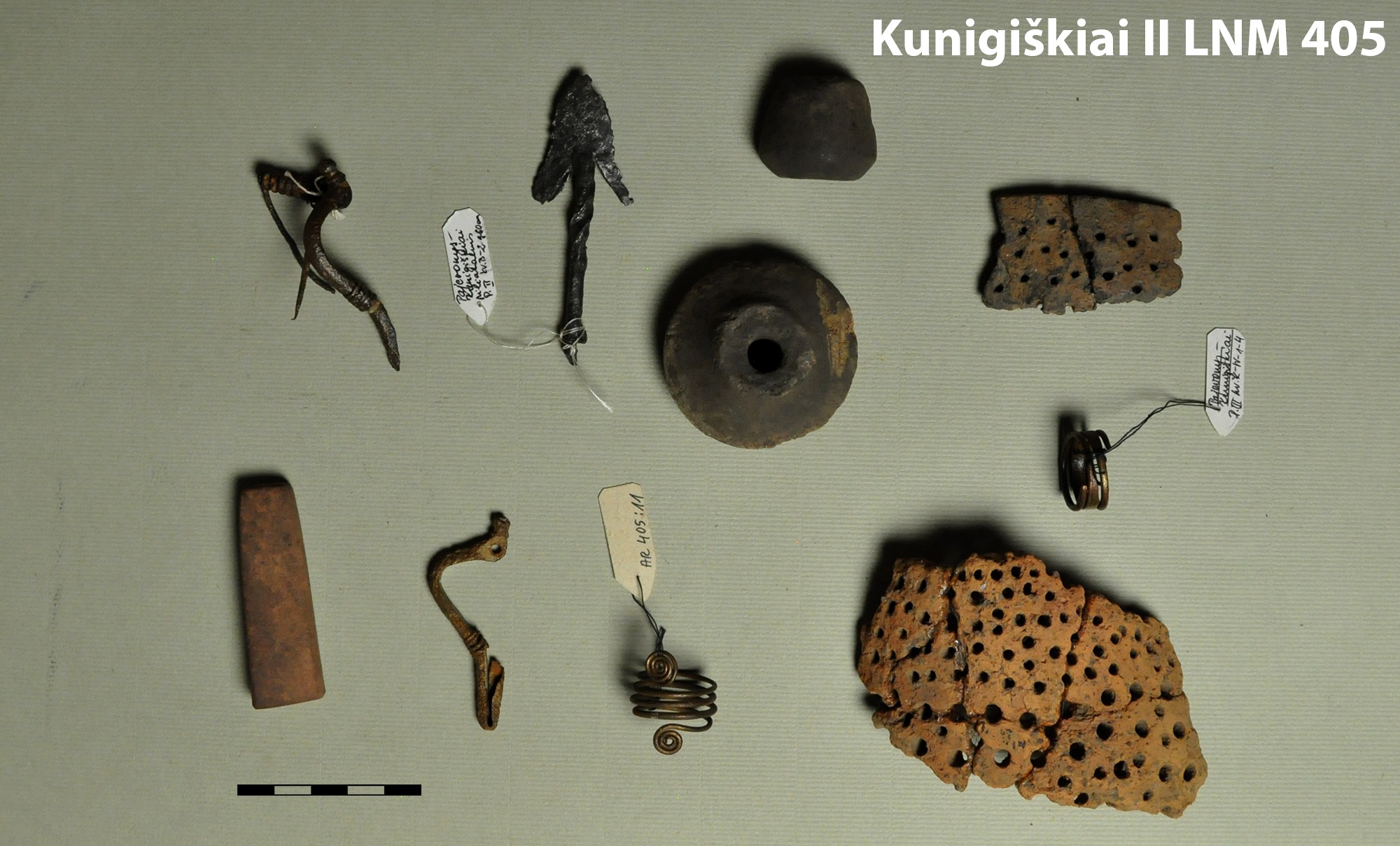
Radiniai iš Kunigiškių piliakalnio - Lietuvos
Nacionalinis Muziejus, inv. Nr. AR 405
Artefaktų, ypač susukto žiedo, sagės ir romėniškų monetų, amžius rodo
prekybą III a., panašu R-BY164240.
One hillfort dates from the 1st-2nd century to the 13th
The
Kunigiškiai
complex may well have been known as
Kresmena
Roman coins
(
Tiberius*
/ Caligula* /
Claudius I*
)
from Pajevonys
*
predate 2nd Century Ptolemy's mention of Σουδινοί.
*
Documented by Dr. J. Basanavičius in "Apie Senovės Lietuvos Pilis",
1891, p.42
** For 2001 documentation on the
Pajevonys
Claudius I denarius by Mykolas Michelbertas,
click
here.
- excerpt from "Corpus der römischen Funde im
europäischen Barbaricum: Litauen" ( Habelt,
2001 )
*
On page 726 in "Romėniškasis ir tautų kraustymosi
laikotarpiai" by Audronė Bliujienė
( Lietuvos Archeologija, Vol. III, Klaipėda, 2013 ) the author writes that at
Kunigiškiai,
Pajevonys
there was a Roman silver denarius coin issued by Emperor Claudius ( AD 41-54 ),
& cites Mykolas Michelbertas 2001.
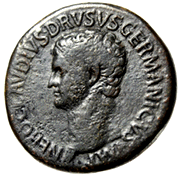
|
The Sūdovians adopted a Wielbark Gothic like weaponless burial observance. The Tiberius coin from Pajevonys, LT would suggest the interaction lasted for centuries. Inter-marriage probably was not uncommon. Ancient Wielbark culture Mtdna H5a1 would seems to support such mixing with Balts. The higher than expected frequency of the LWb+ antigen - LW*07 allelle ( aka Nea red cell antigen ) in Hungary ( 0.4% ) may well be related to the Goths, since southern Sweden had a similar ( 0.3% ) frequency, and Gotland has even more ( 1.0% ). The 3rd-5th century "conversion" of "East Germanic" Gothic & Vandalic to "North Germanic" left scattered traces of it's earlier use, just as West Baltic dialects left relics spoken after East Baltic dialects quickly replaced them. A comparison of Gothic "saiso" with Old Norse "seri" provides evidence for reduplication hidden by rhotacism. Finnish and Estonian still use "ja" reflecting a Gothic "jah". Continental Gothic was essentially a socially disconnected outlier from the W. to E. sweeping changes ( with umlauts & rhotacism ) that took place back in Scandinavia, which fortunately survived intact as Wulfila's written Gothic of the Codex Argenteus. The dialect characteristics of Wulfila's Biblical Gothic, like the Samlandian of the Prussian Catechisms, invites a heuristic approach. Tunnel vision adherence to the attested dialect forms is an unnecessarily flawed foundation to build anything on. So Goths came from Götaland, like Sūdovians came from Sūduva. Who knew? Ptolemy.
Nobody "Vanished".
"What happens in Vegas, stays in Vegas" |
__________________________________
It is very popular now in Lithuania to refer
to Pre-Christian Sūdovians as "Jotvingians".
The primary distinction now is religious
and does not consider ethnicity, nor the genetics of DNA.
By
the 18th Century, most Sūdovians
and Yotvingians
were either bi- or tri-lingual,
and thus not identified when speaking
Lithuanian, Polish, or Belarussian.
They converted, went to church,
and inter-married with others.
This is how Játvįgs
Jotvingians "vanished".
There may still have been old speakers
as late as the 19th Century in the
remote
Białowieża
Forest area.
A census by clergy in Belarus at
that time revealed 31,000 church members
identified themselves as "Yatviags".
"What happens in Vegas, stays in Vegas"
![The ULFBERHT type "Y" sword, found 5.5 km. from Old Grodno. Specific embedded hallmark symbols [ C + Ͻ ] in the blade, link it to a sword from Stavne, near Trondheim Norway, and a sword from the Rapola Matomäki cemetery in Finland - and one from Limerick, Ireland ( #1864, 1-27 3 in the British Museum ) !](grodno_ulfberht.gif)
The
GRODNO
[ C + Ͻ ]
ULFBERHT
Type Y Sword
~ The Republic of Lithuania ruled in 2005 that SŪDUVA is only an ethnic/cultural term ~
~ Sūduva was
not allowed to vote! ~
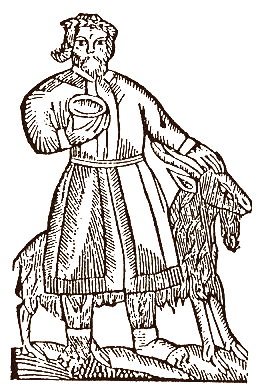
For more info about Sūduva, click on links below
VILKAVIŠKIO RAJONO SAVIVALDYBĖ
Soulside Story (Blog w/ Photos)
For more info about the Pajevonys area, click link below
VILKAVIŠKIO RAJONO SAVIVALDYBĖ (Pajevonys)
| Latitude | 54.5167 | Longitude | 22.8167 | Altitude (feet) | 269 |
|---|---|---|---|---|---|
| Lat (DMS) | 54° 31' 0N | Long (DMS) | 22° 49' 0E | Altitude (meters) | 82 |
69.7 nm east and west of Ėglupiai. Mercator projection. |
|||||
| Switch to "illuminated" maps, which may take a while to create.. | |||||
| 4.0X In | 2.0X In | 1.4X In | 1.4X Out | 2.0X Out | 4.0X Out |
|
Heading |
Distance |
Name |
|---|---|---|
|
16.1° |
2.1 nm | |
|
71.0° |
3.1 nm | |
|
156.4° |
4.4 nm | |
|
210.2° |
2.3 nm |
Use the "Back" button to return, or close window